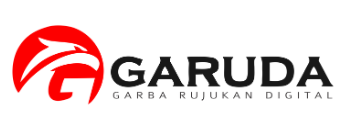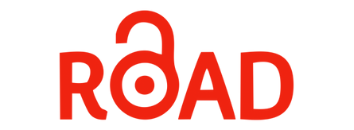KEBANGKRUTAN VERSUS RESTRUKTURISASI: EVALUASI DAN PREDIKSI KELANGSUNGAN HIDUP PERUSAHAAN PASCA KRISIS KEUANGAN 1997
DOI:
https://doi.org/10.24002/kinerja.v8i1.805Abstract
The purposes of this study are to evaluate the persistence in healthy firms during financial crisis periods, to predict healthy firms based on some relevant variables, and to evaluate the effectiveness of the change of company strategic attributes to cope with the financial distress, and to avoid firms bankruptcy in the future. This study provides a methodology that useful to evaluate and predict firm performance. This study uses statistical and qualitative approaches in order to get comprehensive conclusion whether non-healthy firms can increase their performance or not.
Twelve selected variables are employed to predict the healthy firms from one through four periods (from 1994 through 1999) before the events (from 1998 through 2000). Seven strategic attributes are identified during the crisis periods to evaluate the change of firm performance. Four major research findings can be summarized as follows. First, there is persistence in the firm performance. The non-healthy firms underperform healthy firms and they also persistently have the worst performance in one and two next years. Second, two business risk proxies, sales stability and standard deviation of return on investment, are consistently significant in predicting
the healthy firms. The effect of investment opportunity, leverage (financial risk), and liquidity in predicting the healthy firms is relatively moderate from one through four years before the event years. While other variables including dividend policy, earning stability, and assets structure are less consistent to predict the healthy firms due to the bias of multicolinearity effects. This study also finds that using univariate t-test, most variables of the two sub-samples (healthy versus nonhealthy firms) are significantly different for all periods, except 1994. Third, the results of prediction
models are robust. The models provide highly accurate results in matching the classifications of actual observations and the prediction results, range from 86,8% through 100%. Fourth, four strategic attributes, the change of director boards, the composition change of capital ownerships, strategic alliances, and acquisitions, are effective to increase the firm performance. However, surprise that debt restructuring is less powerful to cope with the firm financial distress during three year periods of analysis.
Keywords: healthy firm, debt restructuring, corporate strategy, business and financial risks














